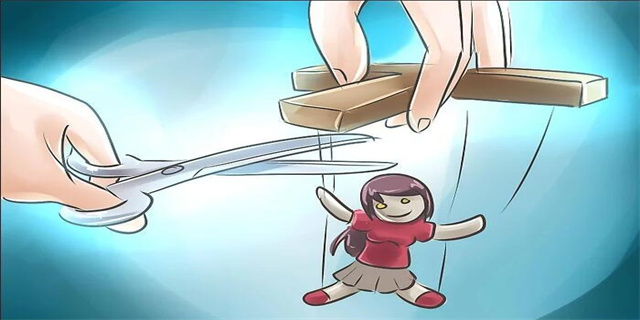animation(The Art of Bringing Characters to Life Exploring the World of Animation)
The Art of Bringing Characters to Life: Exploring the World of Animation
The Beginnings of Animation
Animation has come a long way since its humble beginnings. The history of animation dates back to the early 1900s when flipbooks and zoetropes amused and amazed audiences with their seemingly magical movement. These simple devices paved the way for the development of animation as an art form.

As technology progressed, so did animation techniques. In the 1920s, Walt Disney introduced synchronized sound in his groundbreaking film, \"Steamboat Willie,\" which brought his iconic character, Mickey Mouse, to life. This marked the beginning of a new era in animation and set the stage for the Golden Age of animation.
The Golden Age of Animation

During the 1930s to 1950s, animation flourished with the rise of animation studios such as Disney, Warner Bros., and MGM. These studios produced memorable and beloved characters, including Snow White, Bugs Bunny, and Tom and Jerry.
Hand-drawn animation was the dominant technique during this period. Talented artists meticulously crafted each frame, resulting in visually stunning and expressive characters. The amount of time and effort required to create hand-drawn animation made each frame worth cherishing, and it truly became an art form in its own right.
The Digital Revolution in Animation
In the 1990s, the animation industry saw a dramatic shift with the advent of computer-generated imagery (CGI). Pixar Animation Studios was at the forefront of this revolution with its groundbreaking film, \"Toy Story,\" the first fully CGI animated feature film.
This new technology opened up a world of possibilities for animators. With CGI, characters and environments could be created and manipulated in ways that were previously unimaginable. The realism and detail achieved through CGI allowed for more immersive storytelling and brought animation to new heights.
Advancements in CGI continued to push the boundaries of animation. Films like \"Finding Nemo,\" \"Frozen,\" and \"The Incredibles\" showcased the power of computer animation in creating lifelike characters and breathtaking worlds.
The Future of Animation
As technology continues to evolve, the future of animation holds infinite possibilities. One such advancement is the rise of virtual reality (VR) animation. VR allows viewers to become fully immersed in animated worlds, creating a truly interactive and immersive experience.
Another exciting development is the use of artificial intelligence (AI) in animation. AI has the potential to revolutionize the animation industry by automating certain aspects of the animation process and enhancing creative capabilities.
However, amidst these technological advancements, it is important to remember that the artistry and creativity of animators is what brings characters to life. Regardless of the tools and techniques used, it is the passion and dedication of these artists that make animation a unique and captivating form of storytelling.
In conclusion, animation has evolved from simple flipbooks to sophisticated CGI creations. The Golden Age of animation showcased the artistry and craftsmanship of hand-drawn animation, while the digital revolution introduced new possibilities with CGI. As technology continues to advance, the future of animation holds boundless potential. Yet, it is the passion and creativity of animators that will continue to be the driving force behind bringing characters to life and captivating audiences for generations to come.
版权声明:本文内容由互联网用户自发贡献,该文观点仅代表作者本人。本站仅提供信息存储空间服务,不拥有所有权,不承担相关法律责任。如发现本站有涉嫌抄袭侵权/违法违规的内容, 请发送邮件至3237157959@qq.com 举报,一经查实,本站将立刻删除。
